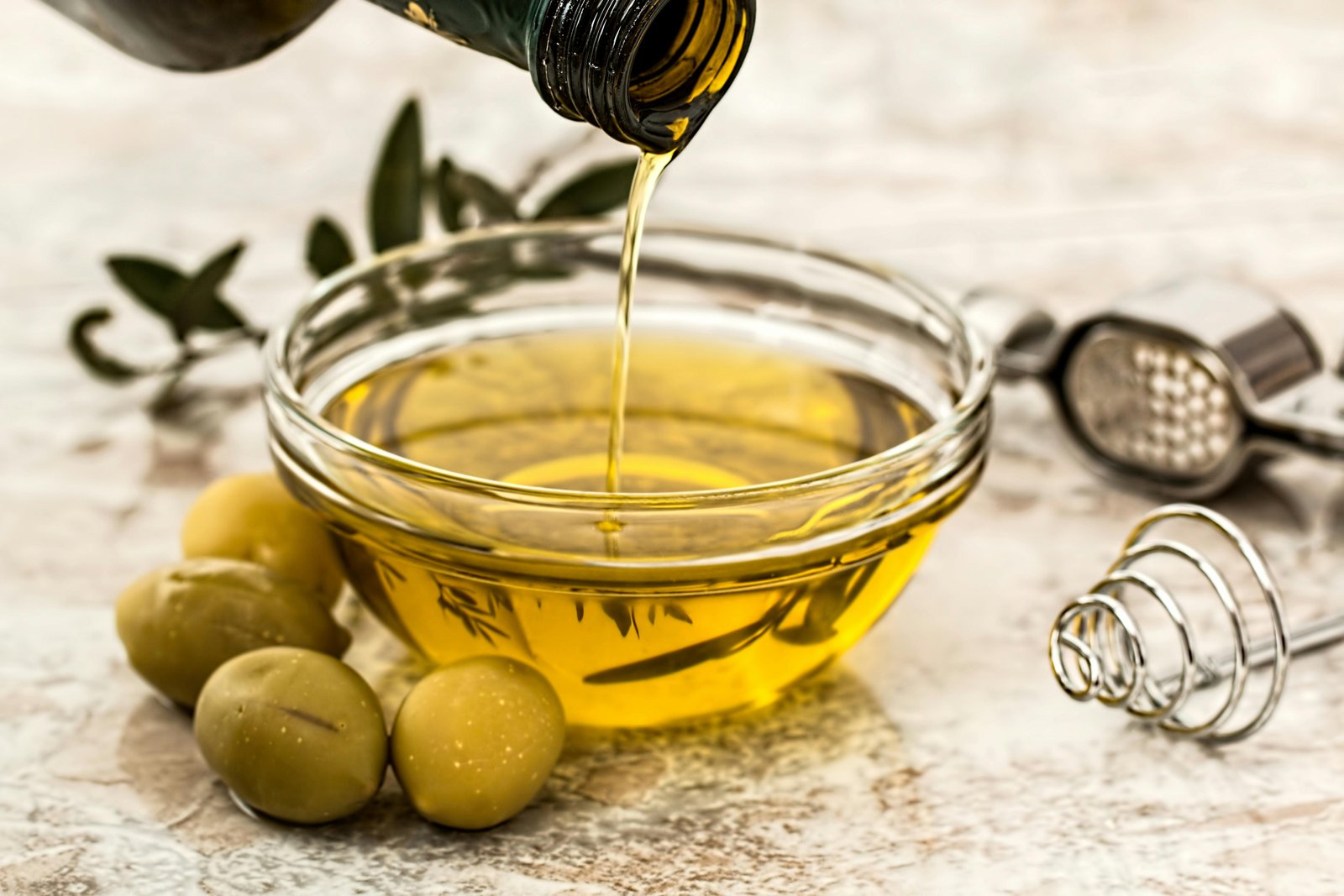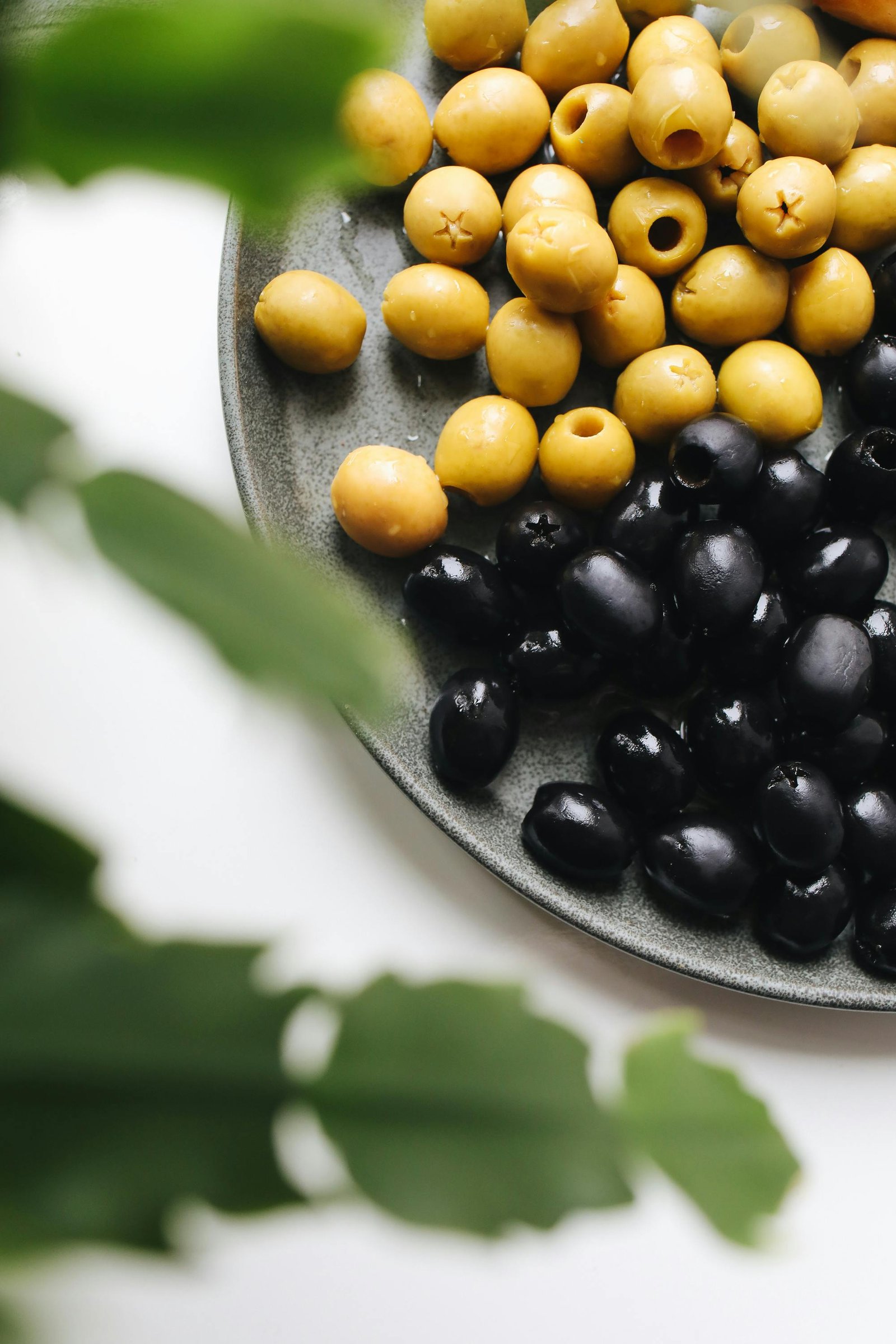
How is Greek Olive Oil Made (Step-by-Step)
🌿 Introduction: From Tree to Bottle
Greek olive oil is not just a cooking ingredient — it’s a cornerstone of Greek culture and one of the purest oils in the world. But what exactly goes into making it?
In this article, we walk through the step-by-step process of how Greek olive oil is made, combining ancient methods with modern techniques to preserve both taste and nutrients.
🫒 1. Olive Harvesting (October to February)
The journey starts in the olive groves. Harvest time in Greece varies by region and climate, but typically runs from October to February.
Farmers harvest the olives either by:
- Hand-picking (common in small, organic farms)
- Using mechanical tree shakers
- Spreading nets to catch falling olives
🔎 Early-harvest olives (picked when green) produce stronger, more peppery oil. Later-harvest (riper) olives produce milder, buttery oils.
🏁 2. Transport to the Mill
Once picked, olives must be processed within 24 hours to prevent fermentation and oxidation.
They are:
- Stored in aerated plastic crates (not bags)
- Kept out of direct sun
- Taken quickly to local olive mills
Speed and care at this stage are crucial to ensure Extra Virgin Olive Oil (EVOO) quality.
🌀 3. Washing & Crushing
At the mill, the olives are:
- Washed to remove dirt, leaves, and debris
- Crushed whole, including the pit, into a thick green paste using:
- Traditional stone mills or
- Modern hammer crushers
This olive paste is what will be used to extract the oil.
❄️ 4. Malaxation & Cold Pressing
The olive paste is then gently stirred (malaxation) to allow small oil droplets to merge.
In cold-pressing, the temperature is kept below 27°C to preserve nutrients and flavor.
Then:
- The paste is pressed or centrifuged
- Water and solids are separated from oil
- The result: pure, golden-green extra virgin olive oil
🧠 Fun fact: Only first extraction, cold-pressed oil qualifies as Extra Virgin.
🧪 5. Filtration & Quality Testing
Some producers filter the oil to remove sediment; others leave it unfiltered (agoureleo) for a cloudy, rustic look.
Before bottling, the oil is tested for:
- Acidity (must be <0.8% for EVOO)
- Flavor profile
- Polyphenol content (antioxidants)
🛢️ 6. Storage & Bottling
The finished oil is stored in stainless steel tanks away from:
- Light
- Heat
- Oxygen
Then it’s bottled in:
- Dark glass (to block UV light)
- Tins (for export or bulk sales)
- Labeled with harvest date, region, and certification (PDO, organic, etc.)
📍 Regions Famous for Olive Oil in Greece
- Crete – Bold, peppery oils (PDO Sitia, Kolymvari)
- Peloponnese (Kalamata) – Balanced and fruity
- Lesvos Island – Elegant, light-tasting oil
- Central Greece – Artisan producers and family mills
🔗 Explore Greek Olive Oil Producers
🔗 Buy Extra Virgin Olive Oil Online
❓ FAQ: Greek Olive Oil Production
Is all Greek olive oil cold-pressed?
No, but the best ones (labeled “Extra Virgin”) always are. Cold pressing preserves the flavor and nutritional value.
How do I know if it’s really Greek?
Look for labels with:
- “Product of Greece”
- PDO/PGI status (e.g. Kalamata PDO)
- Harvest date + low acidity
How long does olive oil last?
Usually 18–24 months, but fresher is better. Always store in a cool, dark place.
✅ Summary
Greek olive oil is made through a careful process that combines ancient methods with modern efficiency:
- Hand-harvested olives
- Cold-pressed within hours
- Filtered and stored with care
- Delivered to your kitchen with purity and heritage
Whether you’re a foodie, chef, or simply a health-conscious buyer, understanding the olive oil journey adds a new layer of appreciation to every drop.


